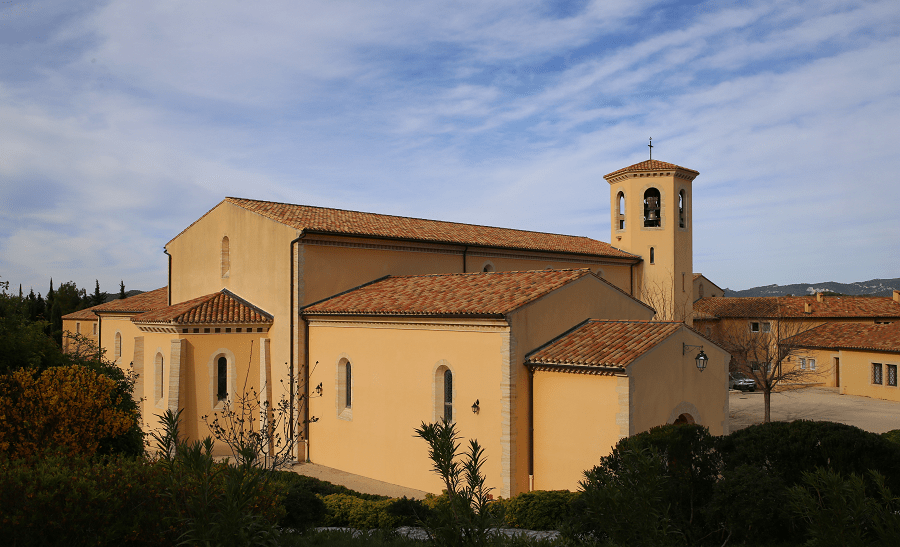The Madeleine Church (Église de la Madeleine) is located on Place de la Madeleine in the 8th arrondissement of Paris (France). It constitutes a perfect illustration of the neoclassical architectural style with its octastyle portico.
Its construction took place over 85 years due to political unrest in France at the end of the 18th century and the beginning of the 19th century. The political changes of the time caused the destination and plans to be modified several times. Designed by Napoleon I as a Greek temple dedicated to the glory of his Grande Armée in 1806, the building was almost transformed in 1837 into a railway station, the first in Paris, before becoming a church in 1845.
Under the pediment, the inscription in Latin “D.O.M. SVB. INVOC. S. M. MAGDALENAE” (“Domino Optimo Maximo sub invocatione Sanctae Mariae Magdalenae”) means “To the very good and great God, under the invocation of Saint Mary Magdalene”. The building is 108 meters long, 43 meters wide, 30 meters high and is surrounded by 52 Corinthian columns.
This site is served by the Madeleine metro station.
First church
The neighbourhood, then at the edge of Paris, was annexed to the city in 1722. An earlier church of Saint-Marie-Madeleine was built in the 13th century on avenue Malesherbes, but was considered too small for the growing neighbourhood. Louis XV authorised the construction of a new, larger church, with a view along Rue Royale toward the new Place Louis XV, now Place de la Concorde. In 1763 the King laid the first stone for a new church, designed by Pierre Contant d’Ivry and Guillaume-Martin Couture.
The first design for the new church by Pierre Contant d’Ivry proposed a large dome atop a building in the form of Latin cross, similar to the Les Invalides church designed by Jules Hardouin Mansart.
Work on the church was largely completed during the reign of King Louis-Philippe, between 1830 and 1848. in 1837 a proposal was brought forward to convert church into the first railroad station in Paris, but this was abandoned as expensive and impractical. The church was finally inaugurated on July 24, 1842, the day of Saint Mary-Magdalene.
Architecture
The design of the church by Vignon was an example of the Neo-Classical style, and was a type of building called a Périptére or Peripeterus; a structure having rows of classical columns on all four sides, not just on the facade. Notable examples included the Olympeion, the Temple of Olympian Zeus, the largest temple in ancient Athens, located below the Parthenon, and the much smaller Roman Maison Carrée in Nîmes in France one of the best-preserved of all Roman temples. The Madeleine is one of the rare large neo-classical buildings to imitate the whole external form of an ancient temple, rather than just the portico front. Its fifty-two Corinthian columns, each 20 metres (66 feet) high, surround the building.
Working days
Monday 9:30 AM–7 PM
Tuesday 9:30 AM–7 PM
Wednesday 9:30 AM–7 PM
Thursday 9:30 AM–7 PM
Friday 9:30 AM–7 PM
Saturday 9:30 AM–7 PM
Sunday 9:30 AM–7 PM
Address: Pl. de la Madeleine, 75008 Paris, France.
See more:












